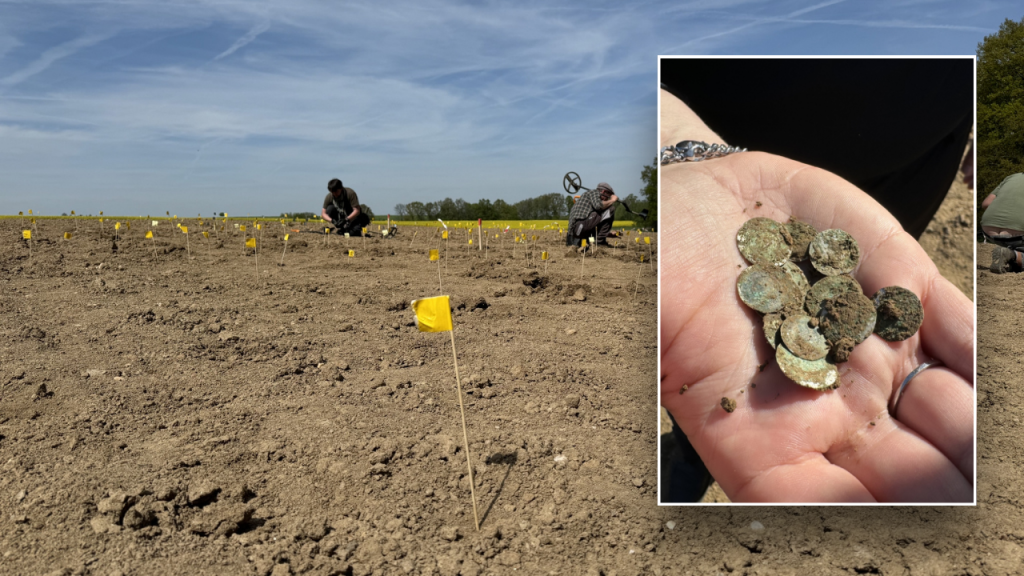A European woman recently discovered buried treasure from the Middle Ages in Kutná Hora, Czech Republic, which archaeologists are calling a once-in-a-decade find. The treasure consists of over 2,150 silver coins minted between 1085 and 1107, believed to have been manufactured in Prague and imported to Bohemia. The coins contain a specific alloy that includes copper, lead, and trace metals, helping experts determine their origin. Archaeologists believe the treasure was hidden during a time of political instability, possibly as payment for wages or spoils of war, given the disputes within the Přemysl dynasty over the princely throne of Prague.
Archaeologist Filip Velímský stated that the value of the ancient coins would have been unimaginable during the 11th–12th century. While historical data regarding the purchasing power of coins from that time is lacking, the trove is believed to have been equivalent to winning a million in a jackpot, a vast and unreachable sum for an ordinary person. Czech officials have hailed this discovery as one of the largest finds of the last decade due to the significant number of coins found and their value during that era. The artifacts are currently being processed by historians, including x-rays to determine their composition, and will be displayed in an upcoming exhibit scheduled for 2025.
The treasure unearthed in Kutná Hora is considered a rare find due to the historical context and the sheer volume of coins discovered. The town, located in the Central Bohemian Region of the Czech Republic, holds significant historical importance, making this discovery all the more noteworthy. The ceramic container that stored the coins has deteriorated over time, but archaeologists managed to recover the bottom of the container, aiding in understanding the preservation of the treasure. The political instability during the period led to frequent battles and disputes among royal family members, possibly resulting in the hidden cache being forgotten over time.
The Institute of Archaeology of the Czech Academy of Sciences (ARUP) is conducting research and analysis on the discovered silver coins to gain insights into their historical and cultural significance. The find offers a glimpse into the economic landscape and power dynamics of the region during the Middle Ages, shedding light on the distribution and utilization of currency at that time. By studying the alloy composition and origin of the coins, historians can piece together the story behind the buried treasure and its role in the socio-political environment of medieval Bohemia. The meticulous examination and preservation of these artifacts will contribute to a better understanding of the past and enrich the cultural heritage of the region.
The discovery of the buried treasure has sparked interest and intrigue among researchers, historians, and the general public, showcasing the enduring fascination with the mysteries of the past. Unearthing ancient artifacts like these silver coins allows for a deeper exploration of the history and archaeology of Kutná Hora and the surrounding regions. The significance of the find lies not only in the material value of the coins but also in the narrative they weave about life in medieval Bohemia and the economic activities of the time. This discovery serves as a reminder of the hidden treasures awaiting discovery beneath the earth’s surface, offering valuable insights into the richness and complexity of human history.
As the processing and examination of the coins continue, the upcoming exhibit in 2025 will provide an opportunity for the public to engage with and learn about the newly discovered treasure. The display will showcase the coins, along with information about their historical context and significance, offering visitors a closer look at a piece of medieval history. By making these artifacts accessible to a wider audience, the exhibit will contribute to raising awareness and appreciation for the cultural heritage of Kutná Hora and the Czech Republic, highlighting the importance of archaeological discoveries in understanding our shared past.


